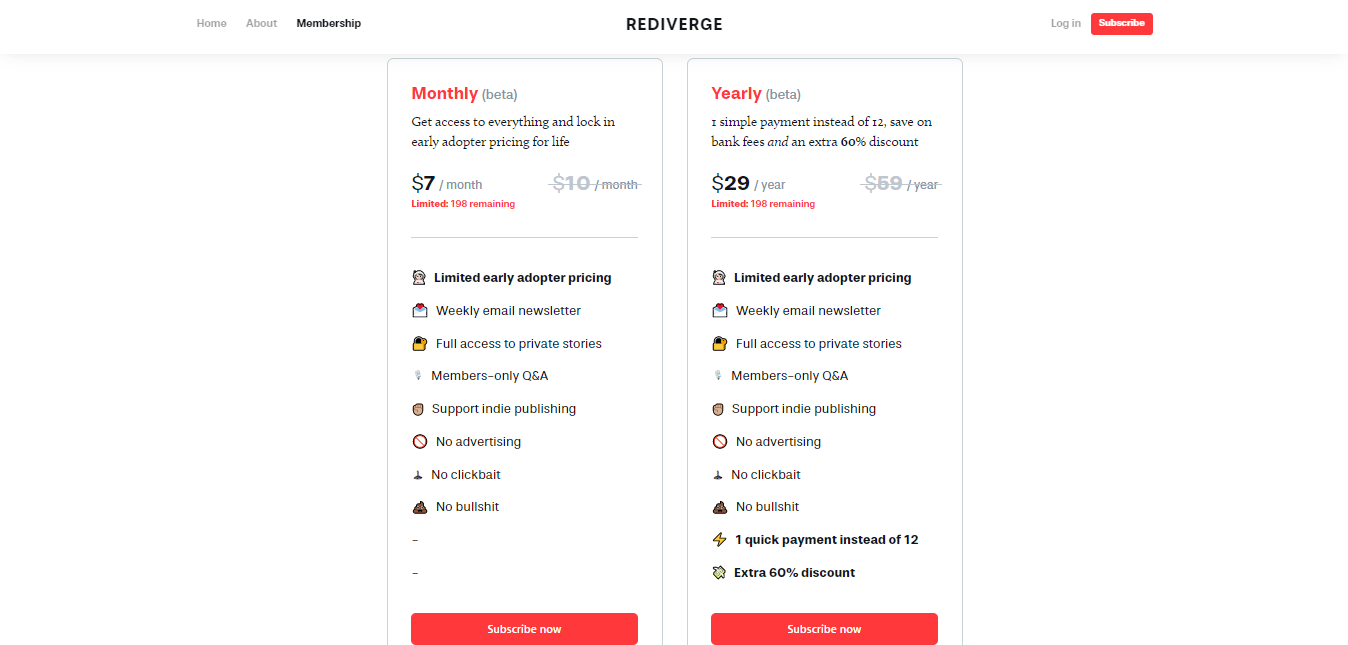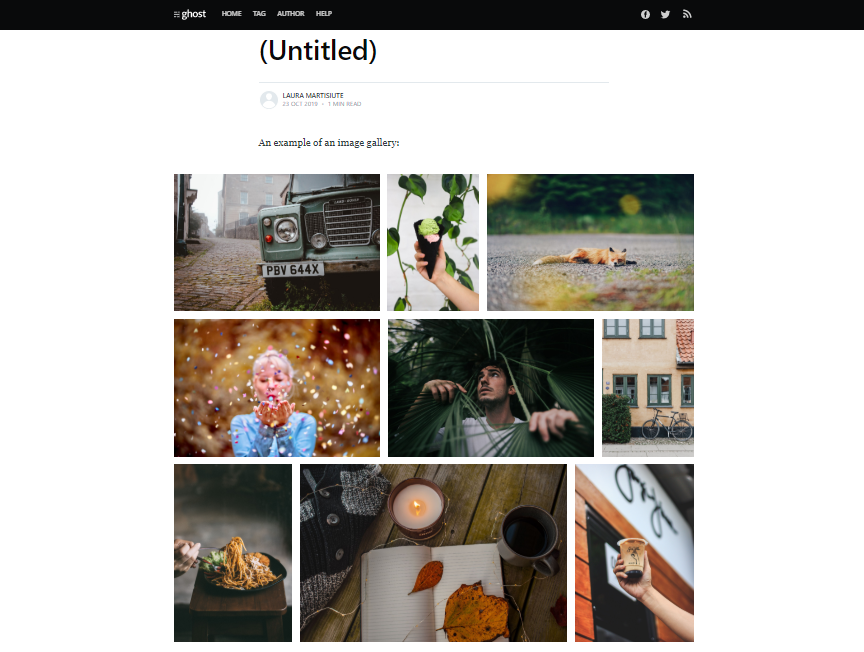Ghost 3.0 Brings Subscriptions, Memberships and More

You might have heard of Ghost — an open-source blogging platform that launched in 2013. Ghost was founded by John O’Nolan, a former WordPress employee who grew frustrated with the complexities of the traditional blogging platform and decided to do something about it.
Today, more than a million people and businesses use Ghost, including Apple, Tinder, and Mozilla. This number is likely to increase now that the company has rolled out Ghost 3.0 — its biggest release since the first version of Ghost. Here is a comprehensive look at Ghost’s latest update, Ghost 3.0.
New and Improved Features
The core idea behind this latest release is to help publishers build and maintain engaged audiences. The new and exciting features introduced as part of Ghost 3.0 reflect this thinking.
Members & Subscriptions
The most significant feature introduced by Ghost 3.0 is support for memberships and subscriptions. The feature is still in beta but is fully functioning.
A simple member signup system turns anonymous visitors into registered members, helping you grow a community of like-minded individuals. Ghost 3.0 allows you to set three different access levels:
- Public content
- Members-only content
- Paid members-only content.
This is what a post with members-only access looks like on Nolan’s own blog:

You can have a combination of all three access levels, as long as your theme supports it. If you already have an audience elsewhere, you can give it access to your new site via Ghost’s imports and integrations function.
Ghost 3.0 has a Stripe integration, so taking payments for premium-membership benefits is effortless. Members can pay for your content via credit card or Apple Pay. You can create your own pricing structure. For example, these are the pricing tiers that Nolan chose for his blog:

The billing features are integrated with Stripe Billing API, not Stripe Connect. That means that if Ghost the company were to fold, your site and billing would still work as usual.
Full-Featured Headless CMS
Ghost worked tirelessly on improving its APIs (application program interface, a set of protocols for building software applications) and Webhooks (HTTP callbacks that let you create or set up integrations). The company’s efforts have paid off — you can run Ghost 3.0 as a decoupled headless CMS.
Images
Working with images on Ghost 3.0 is much easier than before. When you insert an image into a post, it automatically resizes and optimizes it for your theme. This new feature saves you a ton of time and ensures that pages with a lot of images load faster.
You can also add an image gallery with up to nine images at a time. Ghost 3.0 automatically organizes the photos to look their best.

Drag and Drop Capabilities
Changing the layout of a post with Ghost 3.0 is a breeze. You can drag and drop any card, whether it’s text-based or image-based, within a post. The editor auto-scrolls as you move the cards up and down.
Bookmark Cards
Ghost 3.0 lets you add a bookmark card into your post, which simplifies the process of sharing links from sites with no automatic embeds.

As long as you use a URL with the correct meta information, the bookmark card will show:
- Page title
- Preview image
- Excerpt
- Author
- Publisher.
Admin Dashboard Updates
Ghost 3.0 also updated the admin dashboard. There’s a new site preview feature as well as an option to filter drafts and published posts depending on:
- Author
- Status
- Date
- Tag.
Themes
The default Ghost theme has been improved, with added support for dark mode. Also, Ghost added three open-source magazine-style themes and a new starter theme for developers to its marketplace.

WordPress Importer
Ghost 3.0 has a migration plugin for WordPress, which allows you to export posts, pages, tags, and images into a set of files. Importing these files into Ghost 3.0 is a quick and painless process.
Ghost 3.0 doesn’t have built-in comments, but it integrates with many popular comment platforms so that you can migrate your WordPress comments easily.
New Integrations
Ghost makes it easy to set up integrations with multiple apps and tools. New integrations include Ulysses, iA Writer, and Write.as, whereas Zapier integration has seen an update.
That’s Not All!
On top of the features mentioned above, Ghost 3.0 comes with new developer documentation. The company also launched a weekly newsletter that focuses on important stories, ideas, and publishing resources. If you want to see the full list of updates, take a look at Ghost 3.0 changelog.